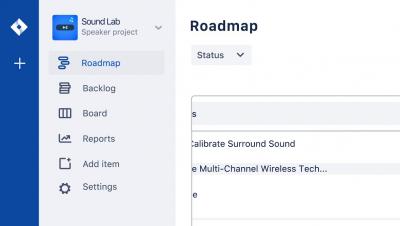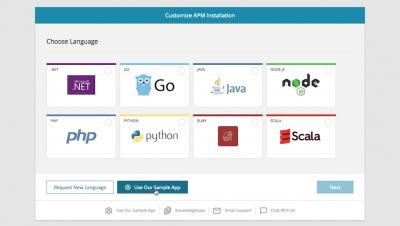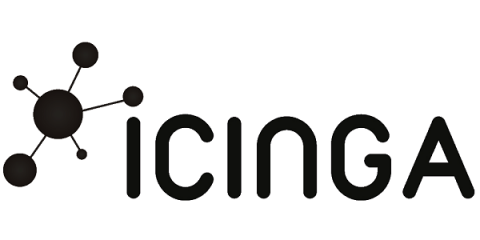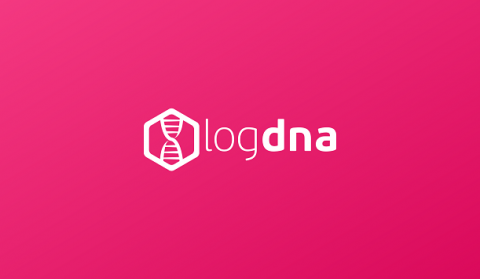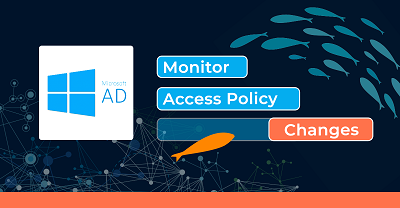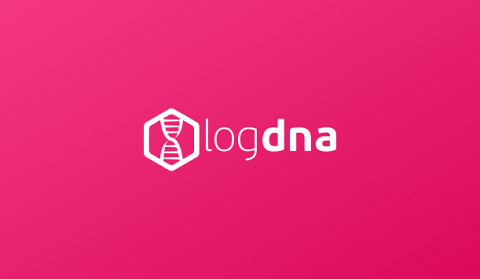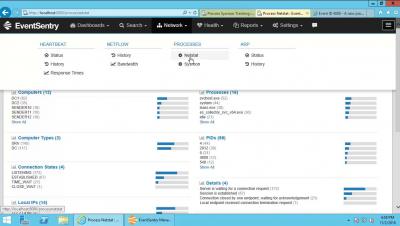Operations | Monitoring | ITSM | DevOps | Cloud
%term
How to Install a Docker Sample Application in SolarWinds AppOptics
LogDNA Graphing 2.0 Webinar
Monthly Snap October: Icinga Camps and Meetups
We’re in OSMC mode in October which typically means that expectations are high, time is limited and everyone is busy preparing talks, demos, implementing new features … but also fixing things. Icinga 2.10 brings support for namespaces, improved TLS connection performance and much more. Community members tackled some bugs already, 2.10.1 is released and 2.10.2 is waiting for test feedback from the snapshot packages.
Icinga Vagrant Boxes 2.0: OpenStack provider and enhanced scenarios
It’s been a while since the last Vagrant box update and release, so here are the highlights of the past months combined into a new shiny 2.0 release :)
Types of Log Management Tools and How to Choose the Best Solution
As any business running microservices, containerized applications, networking devices, or multiple servers knows, it’s important to get a centralized log management system that fits your company’s unique needs. The best log management solution should empower your business to gain insights, resolve production issues quickly, streamline your DevOps and IT teams, and allow you to work more efficiently.
New Free App for Active Directory
In organizations which uses a Windows server environment, the vast majority of authentication and access control processes are managed within Active Directory. As a central and critical component for managing organizational IT resources, Active Directory logs contain valuable information which must be closely monitored and analyzed.
An in-depth look at 100% Zero Downtime deployments with Terraform
At Checkly, we run our browser checks on AWS EC2 instances managed by Terraform. When shipping a new version, we don’t want to interrupt our service, so we need zero downtime deployments. Hashicorp has their own write up on zero downtime upgrades, but it only introduces the Terraform configuration without any context, workflow or other details that are needed to actually make this work in real life™.
Log Monitoring vs Log Analysis: What's the Difference?
What is log monitoring and log analysis? Both are crucial parts of log management and related in many capacities, but by definition, the two actually have different core meanings.


